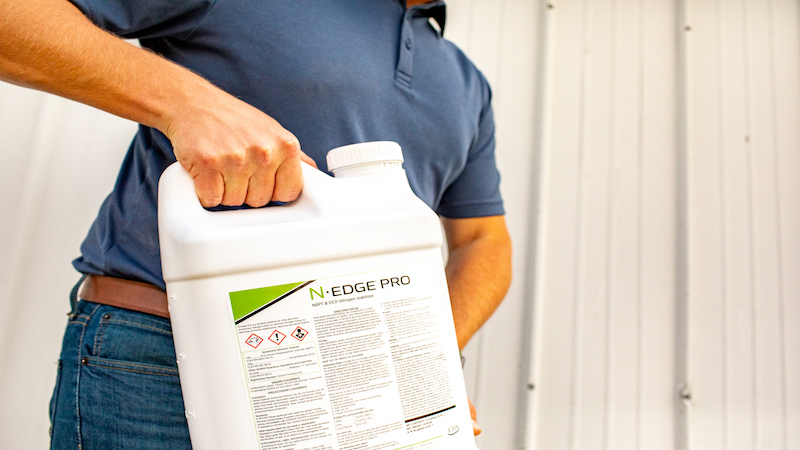ARA Helps Industry Take Best Path Forward After West Fertilizer
On April 17, 2013, an explosion occurred at the West Fertilizer facility in West, TX, while emergency services personnel were responding to a fire at the facility. At least 15 people were killed, more than 160 were injured and more than 150 buildings were damaged or destroyed.
Concerns have been raised that the fertilizer facility might have been storing significant amounts of ammonium nitrate and anhydrous ammonia, without notifying DHS as required by the Chemical Facility Anti-Terrorism Statutes (CFATS) law. In 2007, Congress passed a law requiring facilities that store large amounts of the chemicals to report to DHS and work with the agency to ensure proper security measures are in place to keep it out of terrorist’s hands and protect against such attacks.
On May 1, 2013, the Texas State House committee held their first hearing on the explosion. The state panel on Homeland Security and Public Safety heard testimony only from state entities or regulators that oversee rules, security and other details for facilities such as the fertilizer plant involved in the disaster. At the time of this writing, there were 80 agents on the ground from a number of federal and state agencies, who have already dedicated over a combined 12,000 hours to the investigation. The blast site covers 14.9 acres and it is estimated that more than $1 million in resources have been spent on the investigation.
The Agricultural Retailers Association (ARA) has been in contact with the Chemical Safety Board, and has offered assistance with the investigation.
Anhydrous ammonia and ammonium nitrate are regulated by various federal and state agencies across multiple areas of expertise: terrorism (Department of Homeland Security), workplace safety (Occupational Safety and Health Administration), air quality (Environmental Protection Agency), and highway safety (Department of Transportation). And, this doesn’t take into account voluntary consensus standards for products created by the National Fire Protection Association (NFPA) and the American National Standards Institute (ANSI).
Lawmakers React
There have been several reactions from Congress to the incident:
• Senate Environment and Public Works Committee chairwoman Barbara Boxer plans to investigate the explosion this spring. She said the panel will hold a hearing “in the near future” on the disaster and will probe whether there are any gaps in the enforcement of U.S. chemical safety laws. She questioned why the EPA does not include ammonium nitrate on the list of chemicals that facilities must report under its Risk Management Program.
• On April 25, Education and the Workforce Committee Ranking Member George Miller (D-CA) and Ranking Member of the Subcommittee on Workforce Protections Joe Courtney (D-CT) sent a letter to GAO requesting it examine OSHA and EPA regulations with regard to retail facilities.
• Also on April 25, Sen. Frank Lautenberg (D-NJ) introduced the “Protecting Communities from Chemical Explosions Act of 2013” bill, which would eliminate a requirement that DHS issue administrative orders before penalizing facilities. The bill also establishes a $25,000-a-day civil penalty for facilities and makes officers of those companies subject to felony penalties.
• On May 2, Homeland Security Committee’s ranking Democrat Bennie Thompson (D-MS) and House Energy and Commerce ranking Democrat Henry A. Waxman (D-CA) urged the President to task a group of experts with re-examining chemical security in light of the explosion. In their letter, the lawmakers told Obama that they have “watched the distressing lack of progress in securing facilities” since Congress passed the CFATS program.
ARA’s Role
ARA has been working closely with federal and state agencies to further educate and provide services to support agricultural retailers in their quest to maintain regulatory compliance and a profitable business, while serving America’s farmers. As part of ARA’s outreach to the public and policymakers, we’ve compiled a list of current laws and regulations with which retailers are obligated to comply and placed them in an easy-to-read chart.
More importantly, ARA is monitoring the situation in West and coordinating with regulators and other industry allies to learn the available lessons from this incident. The association intends to be actively involved in additional steps that might be necessary to prevent similar incidents in the future. An industry workgroup has been convened for this purpose. The first task is to make sure we understand what led to the detonation so that any practices or regulations are designed to solve the actual problem.





